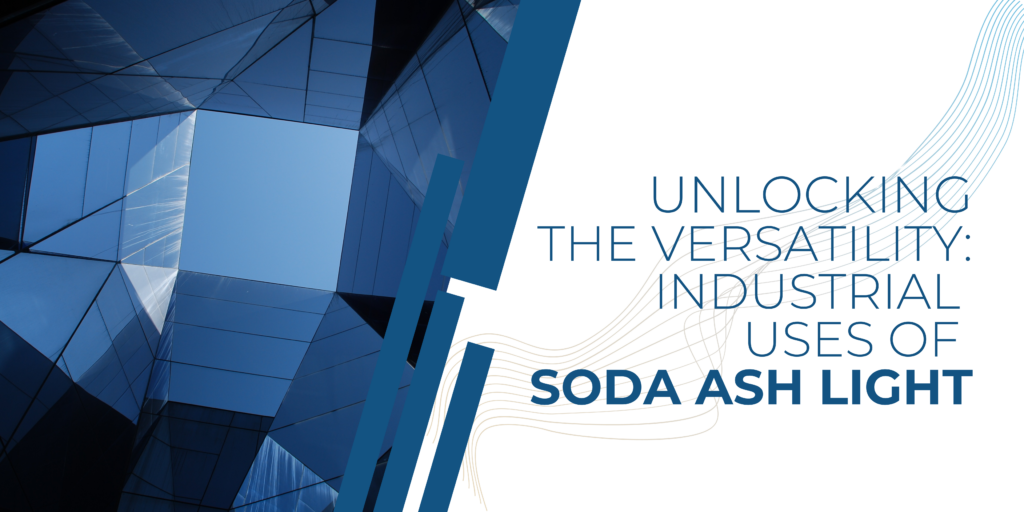
Soda ash light, a cornerstone in industries ranging from glass manufacturing to detergent production, is undergoing a transformation as global industries embrace sustainable practices. This comprehensive exploration delves into the intricate processes of recycling and reusing soda ash light, highlighting its pivotal role in environmental stewardship and resource conservation.
The Recycling Process
Recycling soda ash light involves a meticulous series of steps, beginning with the collection of post-consumer or post-industrial waste. The collected material undergoes a purification process, incorporating filtration and chemical treatments to eliminate impurities and contaminants. The purified soda ash light is then reintegrated into manufacturing processes, mitigating the need for virgin materials and fostering a circular economy.
Environmental Benefits
Beyond waste reduction, recycling soda ash light significantly reduces the environmental impact associated with conventional disposal methods such as landfills and incineration. Moreover, the energy savings achieved through recycling, compared to the extraction and processing of new soda ash light, contribute to an overall reduction in greenhouse gas emissions. The environmental benefits extend beyond the immediate application, making it a sustainable choice for industries.
Closed-Loop Systems
Closed-loop systems represent a forward-thinking approach to sustainability. In these systems, soda ash light is continuously recycled within the same manufacturing processes, minimizing waste generation and creating a self-sustaining production cycle. The implementation of closed-loop systems not only reduces the demand for raw materials but also decreases the environmental footprint of industrial operations, aligning with the principles of a circular economy.
Challenges and Solutions
While the benefits of recycling soda ash light are promising, addressing challenges is crucial for widespread adoption. Efficient collection systems, advanced purification technologies, and collaboration between industries, regulatory bodies, and research institutions are essential. Overcoming these challenges will pave the way for optimizing the recycling process and establishing best practices for the sustainable utilization of soda ash light.Innovation and Research
The pursuit of sustainability is an ongoing journey, and research and development initiatives play a pivotal role in refining recycling methods. Ongoing efforts focus on finding innovative solutions to enhance the purity of recycled soda ash light and improve its compatibility with diverse manufacturing processes. Technologies facilitating seamless integration into production cycles are at the forefront, pushing the boundaries of sustainability in industrial practices.
Economic Considerations
Beyond its environmental impact, recycling soda ash light holds economic significance. Industries embracing recycling practices often benefit from reduced material costs, waste disposal expenses, and an enhanced corporate image, making it a strategic choice for companies seeking both financial and sustainable advantages.
Global Initiatives and Regulations
Explore the current global initiatives and regulatory frameworks promoting the adoption of sustainable practices in industries that use soda ash light. Understanding the regulatory landscape provides insights into the evolving standards and expectations for environmentally responsible manufacturing processes.
Conclusion
Recycling and reusing soda ash light represent pivotal steps toward a sustainable industrial landscape. As industries navigate the path towards stringent environmental targets and reduced ecological footprints, adopting recycling practices for soda ash light becomes integral to the circular economy. Through continued research, technological innovation, and collaborative efforts, recycling soda ash light is poised to play an increasingly pivotal role in the sustainable development of various industries, marking a decisive stride towards a greener and more resource-efficient future.




